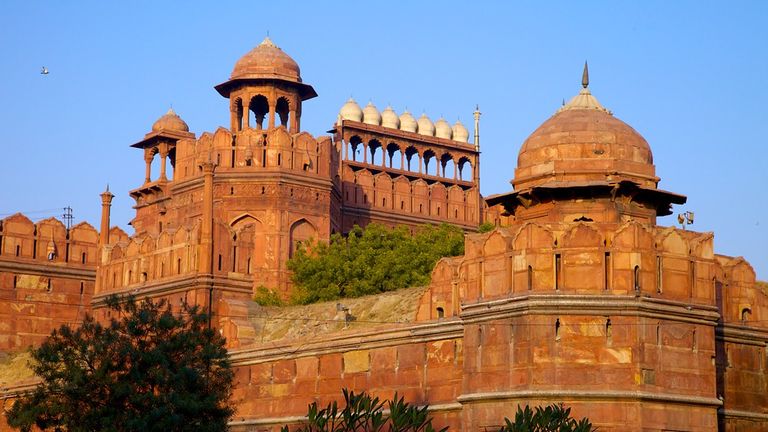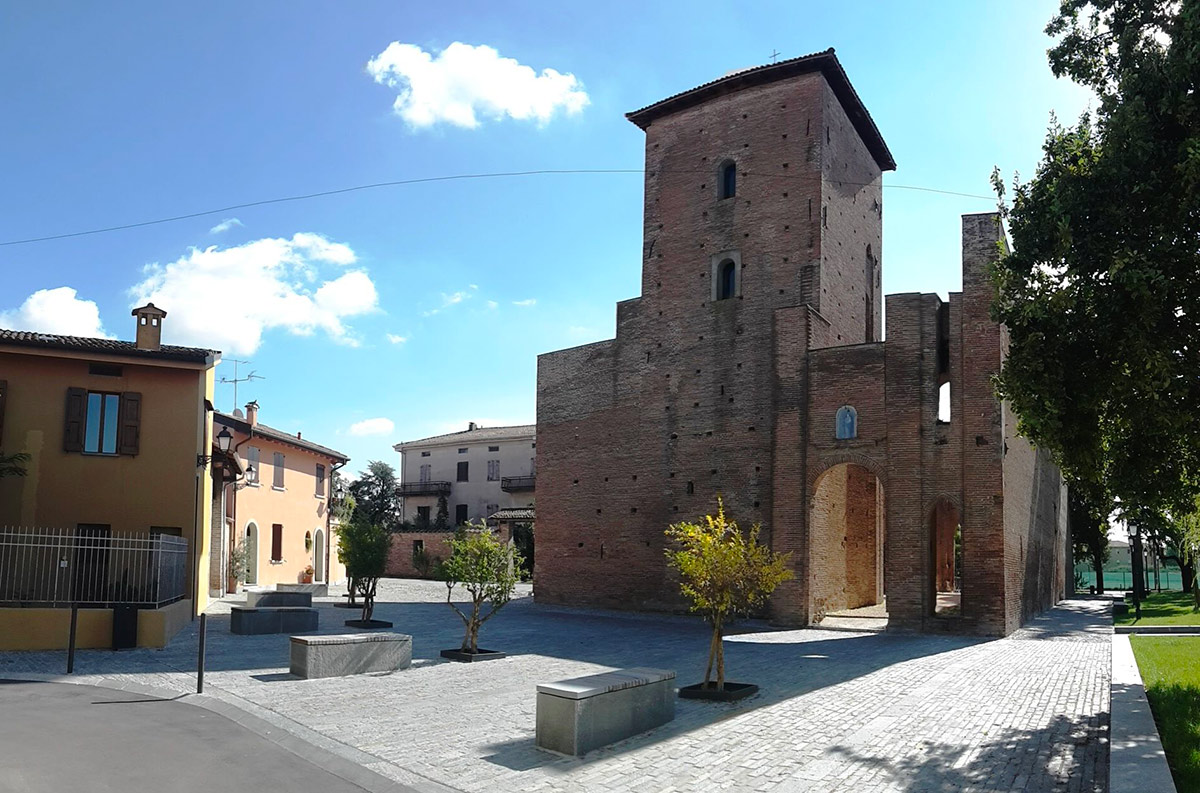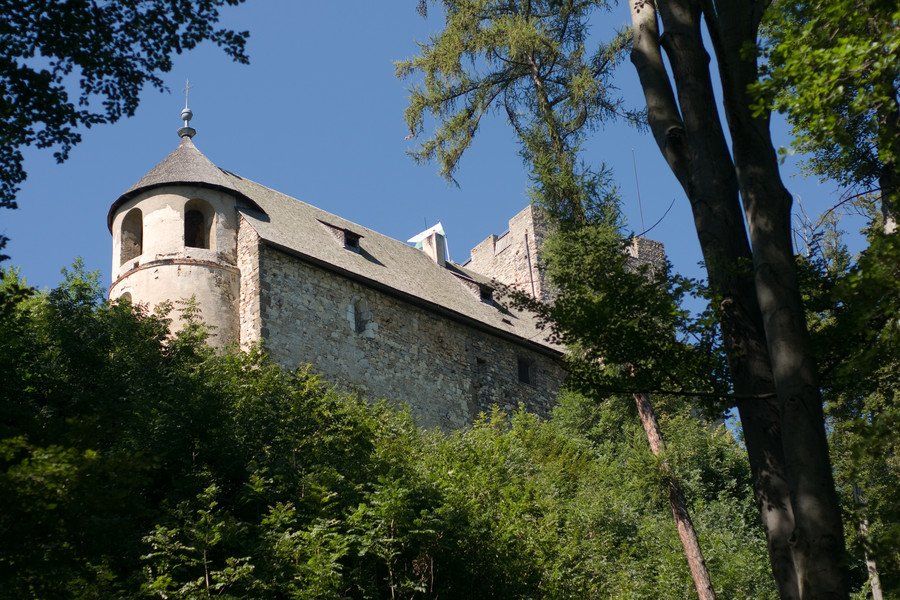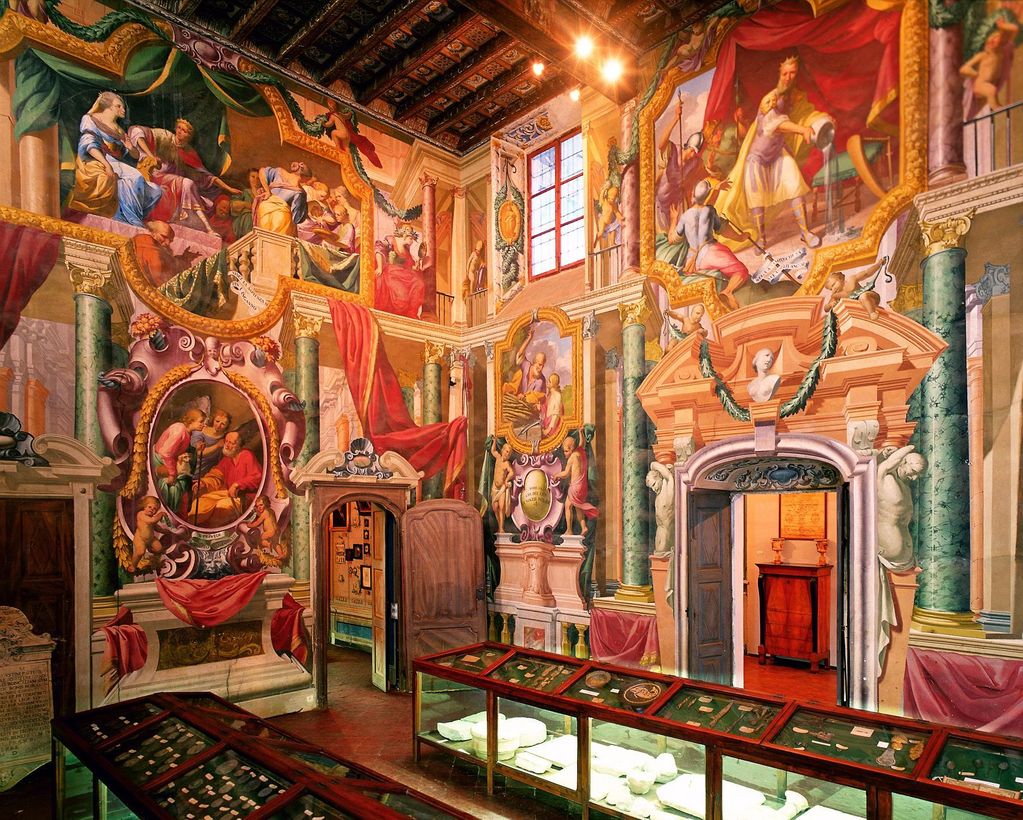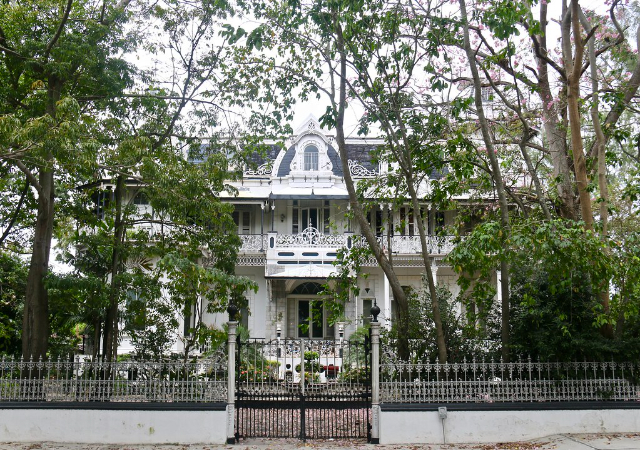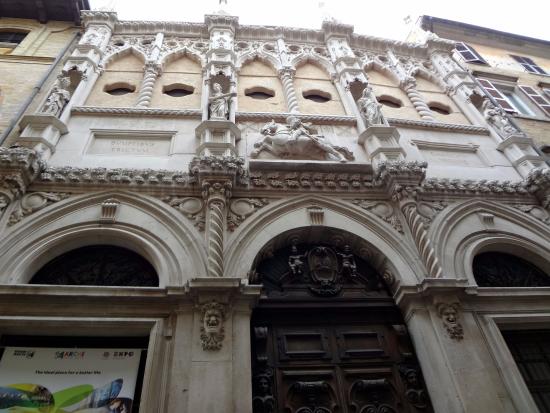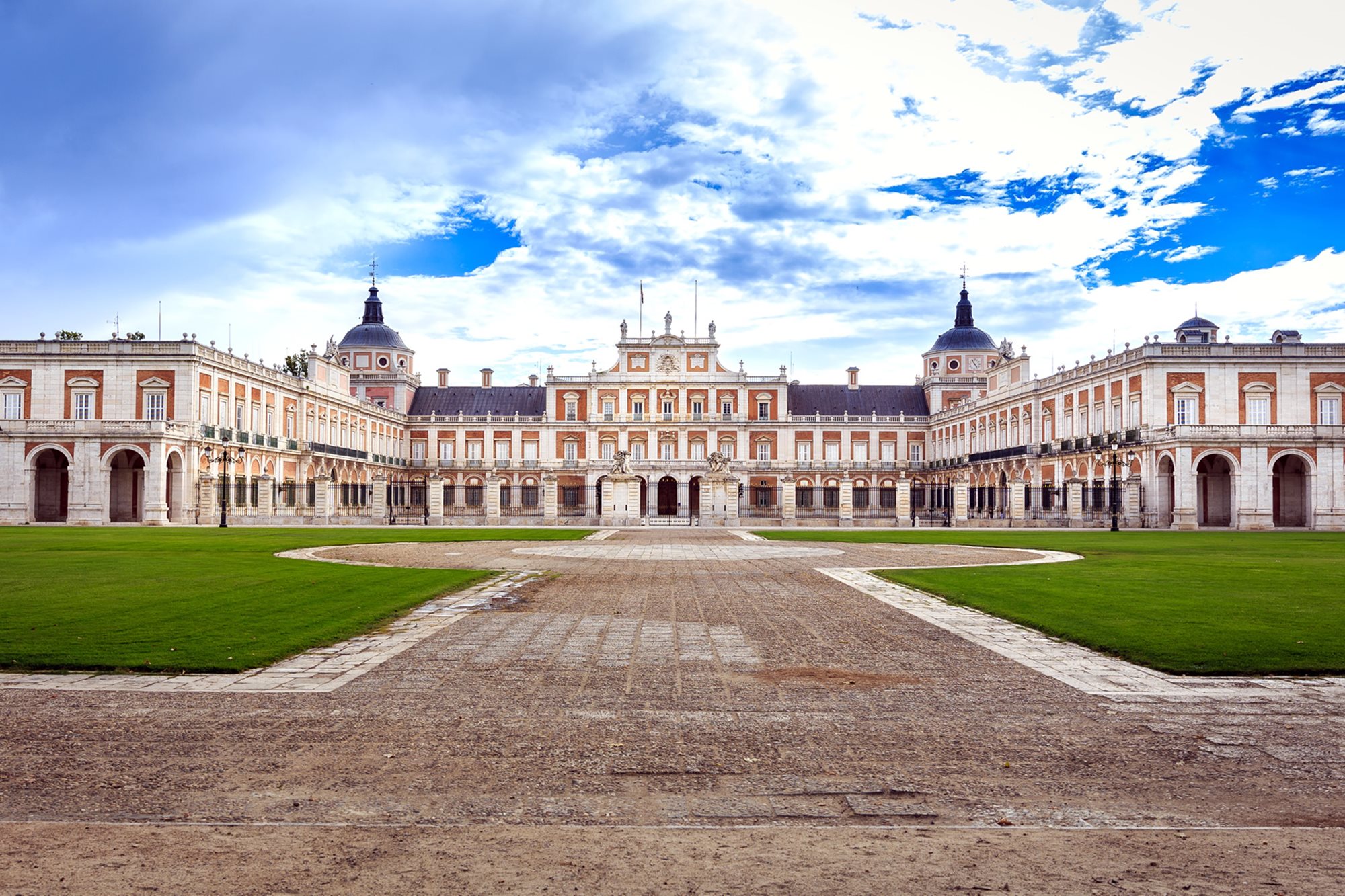The pride of Delhi, the Red Fort ranks among India’s largest and finest fortresses, and dominates the city skyline. Formerly known as Quila-e-Mubarak or the Blessed Fort, the Red Fort lies along the banks of the river Yamuna, whose waters fed the moats surrounding the fort. It was a part of the medieval city of Shahjahanabad, popularly known today as ‘Old Delhi’. The entire fort complex is said to represent the architectural creativity and brilliance of Mughal architecture.
It was built in characteristic red sandstone in 1638 by the Mughal emperor as defence and a status symbol. It was built by Shah Jahān. The fort was designated a UNESCO World Heritage site in 2007.
The Fort includes a military area, the Pearl Mosque, royal baths and white marble Audience Chamber.
The fort’s massive red sandstone walls, which stand 75 feet (23 metres) high, enclose a complex of palaces and entertainment halls, projecting balconies, baths and indoor canals, and geometrical gardens, as well as an ornate mosque. Among the most famous structures of the complex are the Hall of Public Audience (Diwan-i-ʿAm), which has 60 red sandstone pillars supporting a flat roof, and the Hall of Private Audience (Diwan-i-Khas), which is smaller and has a pavilion of white marble.
Today, this monument is home to several museums that have an assortment of precious artefacts on display. Every year, the Indian Prime Minister unfurls the national flag here on the Independence Day.
